Generally speaking, chocolate is a range of food derived from cocoa, or cacao, mixed with cocoa butter and finely powdered sugar to produce these confectioneries. Believe it or not, different countries have their own ‘rules’ for each classification of chocolate; these are produced by varying quantities of different ingredients, while others are classified based on their time or temperature while roasting/manufacturing. These are rooted from cocoa solids, cocoa butter, or both depending on the variety.
Early in the chocolate-making process, the cocoa beans, when broken up called nibs, are roasted and then ground into a liquid state. From this state, you reach chocolate liquor, which is the unsweetened chocolate compound (when solid). This compound generally consists of anywhere from 50-57% cocoa butter, and the remainder as cocoa solids.
Cocoa Butter
Cocoa butter, also known as theobroma oil, is the edible vegetable fat extracted from chocolate liquor; this is separated from the cocoa solids. A cocoa bean can range from 50-56% cocoa butter, with the remainder as cocoa solids, but often separated prior to manufacturing (unless you are baking with actual chocolate liquor).
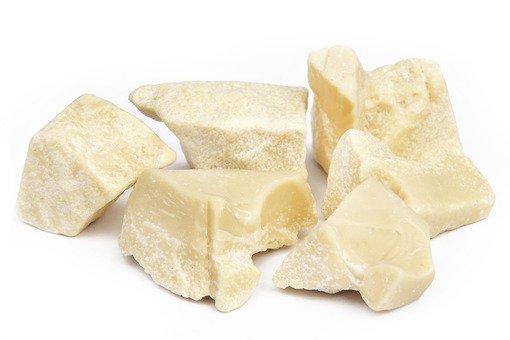
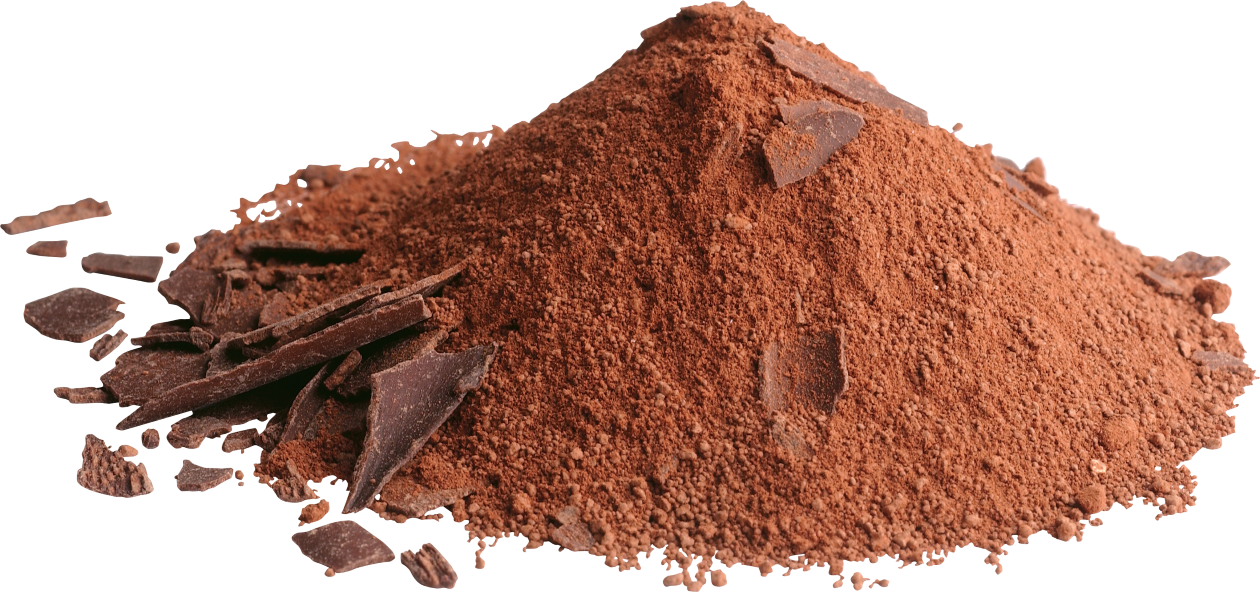
Cocoa Solids
Dry cocoa solids are the components of cocoa beans which remain after the cocoa butter has been removed from the beans. After separation from the cocoa butter content, cocoa solids are then ground to achieve cocoa powder.
The Broma Process
There are two primary processes in separating cocoa solids from cocoa butter: dutch process, and natural process, also known as the Broma process. The Broma process consists of hanging bags of roasted cocoa beans in a warm, temperature-controlled room, just above the melting point of cocoa butter. This allows the cocoa butter to drip below where it is collected. The dutch process is similar, although once the cocoa butter has been collected and separated, the cocoa solids are treated with an alkalizing agent, resulting in modifying the color, and giving a less-acidic overall taste (or, chemically neutral).
Depending on the variety, chocolate will incorporate varying ingredients listed above.
Milk Chocolate
The milk variety with an added form of milk, which could be powdered, liquid, or condensed.
Milk: must contain at least 10% chocolate liquor, 3.39% milkfat, and at least 12% cocoa solids.
Dark Chocolate
This blend consists of a higher percentage of cocoa, with all of the fat coming from cocoa butter, as opposed to milk chocolate, which incorporates milk-based ingredients.Within the dark chocolate family come the two staples: bittersweet & semisweet. The real difference between the two is the percentage of added sugar. Bittersweet chocolate has less sugar than semisweet chocolate, although both must contain a minimum of 35% cocoa solids to be classified as ‘Dark Chocolate,’ although most manufactures will label the percentage of cocoa solids on the outside of their packaging. You can in fact have a 70% semisweet chocolate, which also a 60% bittersweet chocolate (contrary to the supposition the higher the percentage, the more-bitter the taste), as it is dependent on the percentage of added sugars.
Dark Chocolate does not have a restricted identity, although must only bear cocoa as its source of flavoring, and no artificial chocolate flavoring. Typically dark chocolate must have at least 35% cocoa solids, but most manufacturers tend to incorporate a higher percentage of cocoa solids, which is almost always labeled on the packaging.

Couverture
Couverture chocolate is deemed as a higher-quality class, which contains a higher percentage of cocoa solids & cocoa butter, and tempered with precision. The percentage of cocoa butter is upwards of 32-39%, and combined with proper tempering, gives chocolate more shine, a creamier flavor, and a firm snap when broken.
Couverture chocolate must consist of at least 35% cocoa solids, above 31% cocoa butter and not less than 2.5% of dry non-fat cocoa solids. If labeled ‘couverture chocolate,’ then additional tempering is not necessary.
White Chocolate
Another staple in the chocolate family is white chocolate, which is made up of sugar, milk, cocoa butter, but no cocoa solids.Believe it or not, some countries do not even classify white chocolate as ‘Chocolate,’ as their classifications only allow manufactures to label as such with a minimum amount of cocoa solids.
White: Until 2002, white chocolate was not actually deemed ‘Chocolate’ in the states, rather a confectionery. Although after a petition spearheaded by Hershey & Chocolate Manufacturer’s Association, white chocolate is classified as such with at least 20% cocoa butter, at least 14% total milk solids, and 3.5% milkfat.
Ruby Chocolate
Ruby Chocolate is the latest classification of the term, created by the Barry Callebaut Co. Since its initial development in 2004, it was released in 2017 to the public. This new chocolate is made from “ruby” cocoa beans, which, in appearance, has a similar hue as white chocolate, but with a distinct pink, or ruby, color-tone. This coloring, nor the berry-notes are artificial, rather all natural. It has a distinct sweet fruity flavor, with some subtle sour tones. The United States does not currently recognize Ruby Chocolate as ‘Chocolate,’ although currently under review.
References
Miller, Kenneth B.; Jeffery Hurst, William; Payne, Mark J.; Stuart, David A.; Apgar, Joan; Sweigart, Daniel S.; Ou, Boxin (2008). Impact of Alkalization on the Antioxidant and Flavanol Content of Commercial Cocoa Powders.
Encyclopædia Britannica. (July 1998). Cocoa Butter.
Stevens, Molly. (2011) Sorting Out Chocolate – Fine Cooking Recipes, Techniques and Tips.
Food Network. (2009). Art of Darkness II: Cocoa : Good Eats.
Huffington Post. Ask The Editors: Unsweetened Vs. Dutch Cocoa Powder.
Carole Bloom, CCP (2007). The Essential Baker: The Comprehensive Guide to Baking with Chocolate, Fruit, Nuts, Spices, and Other Ingredients.
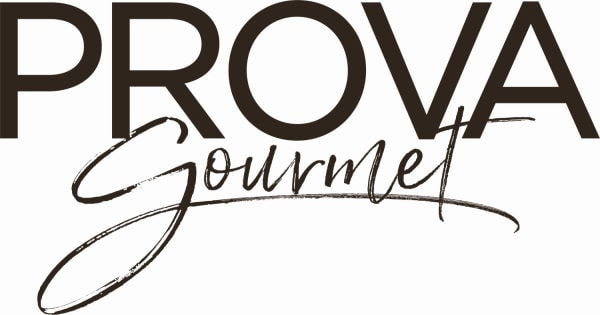
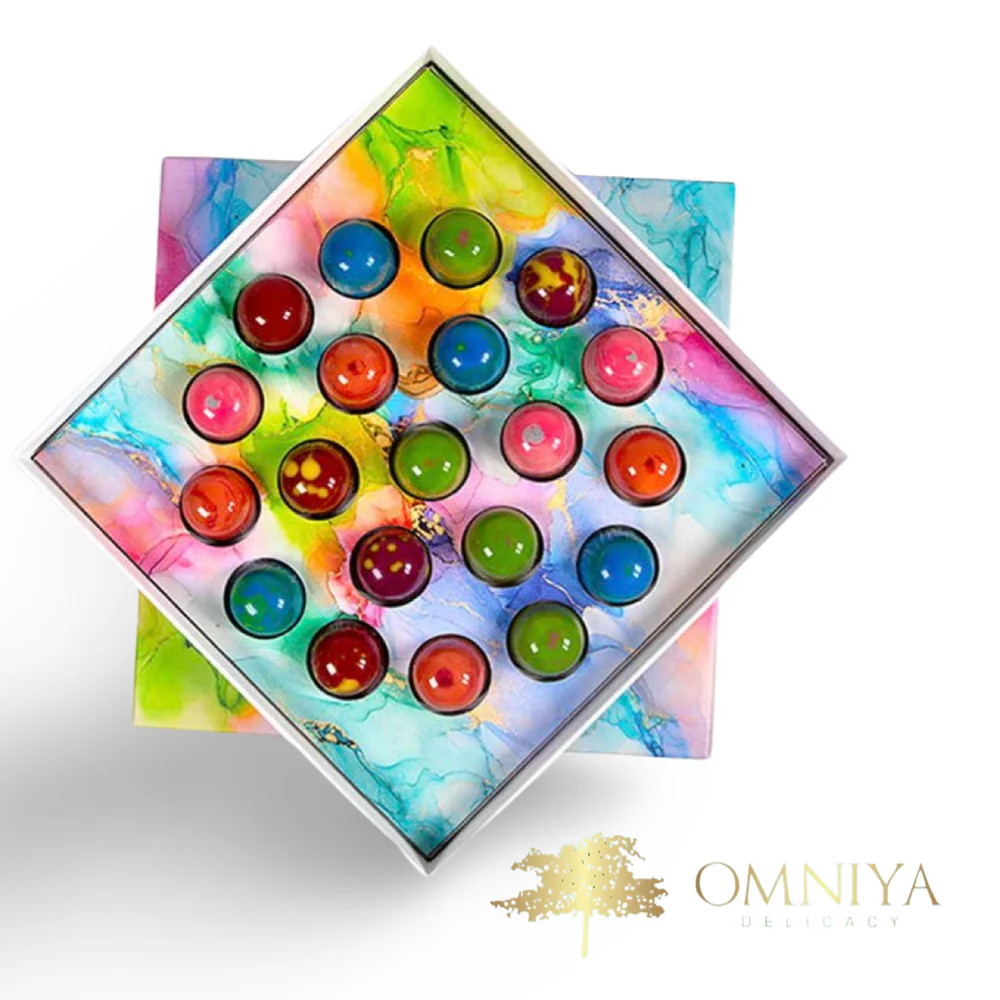

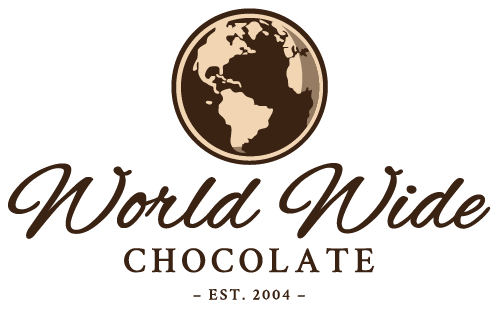
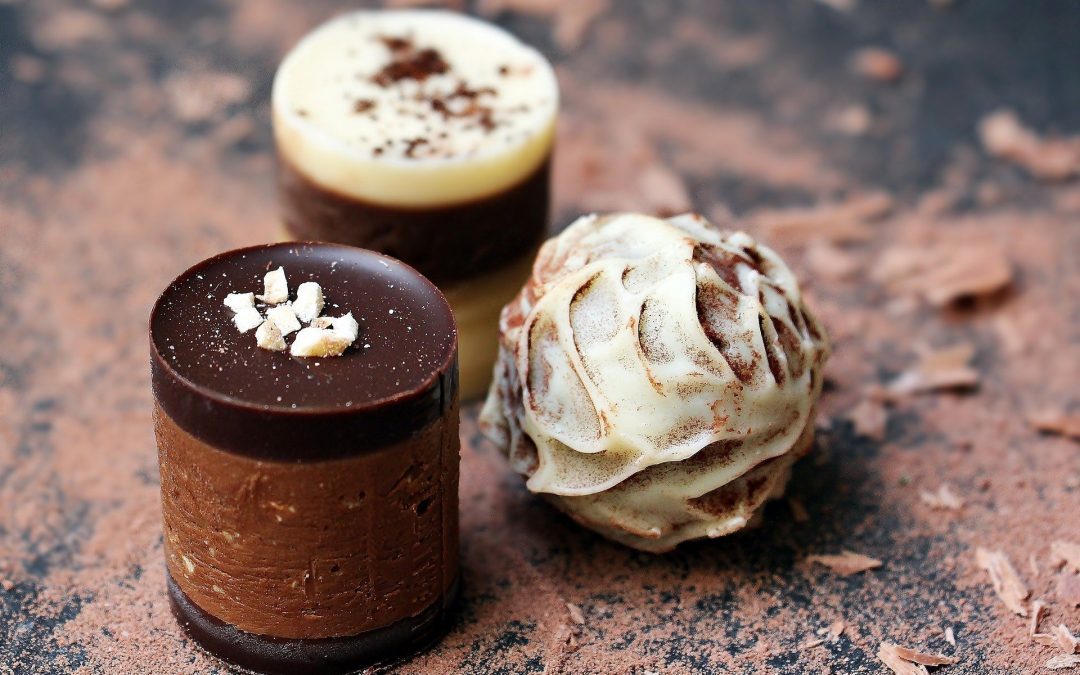

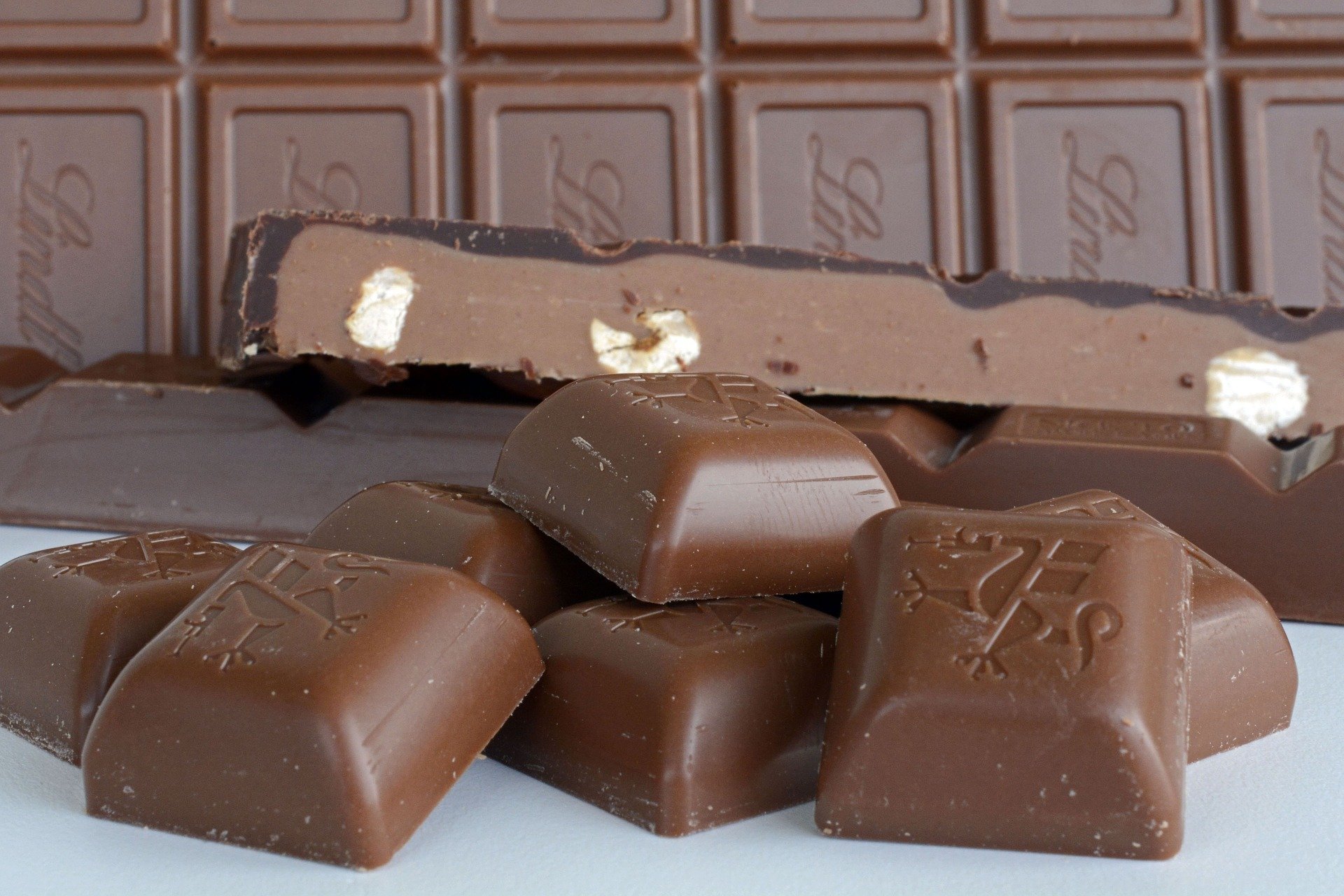

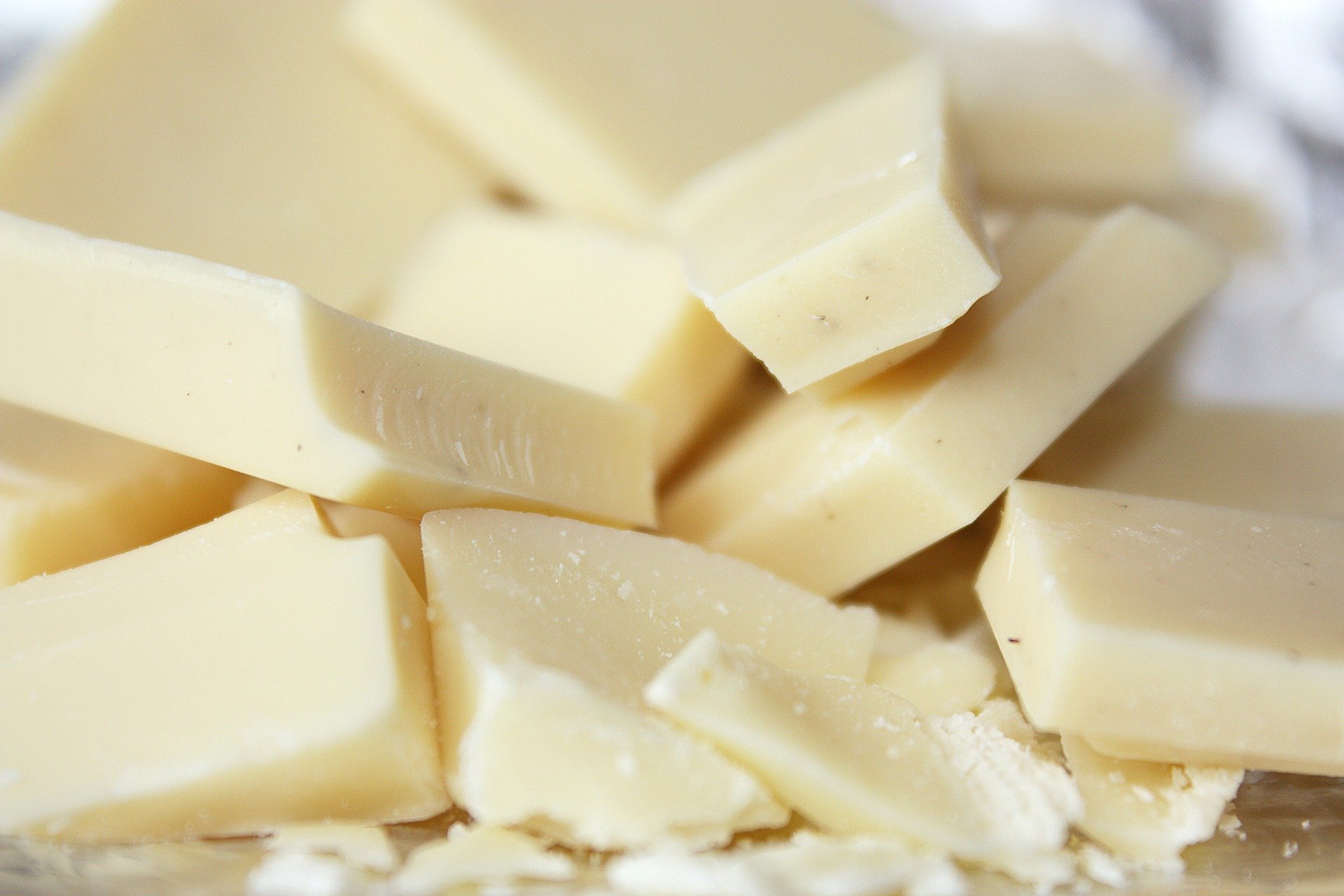
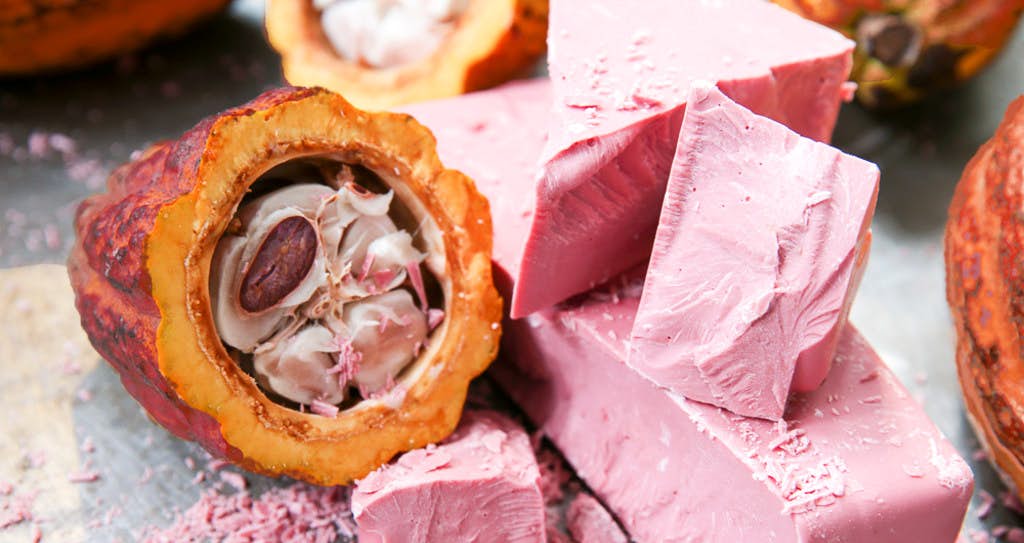
Trackbacks/Pingbacks